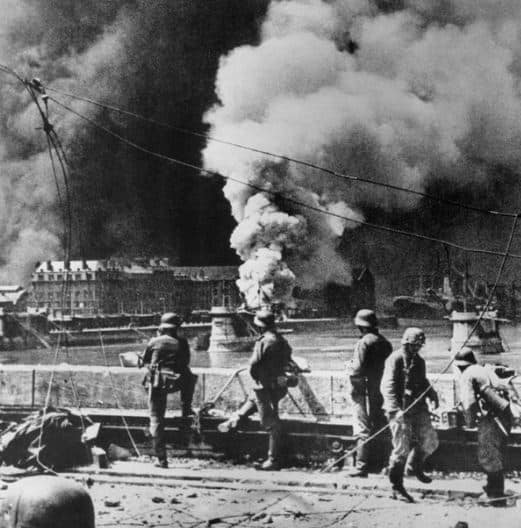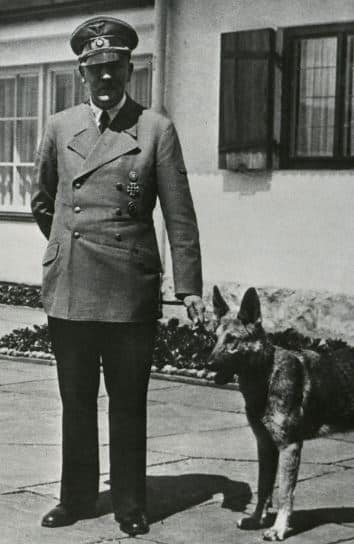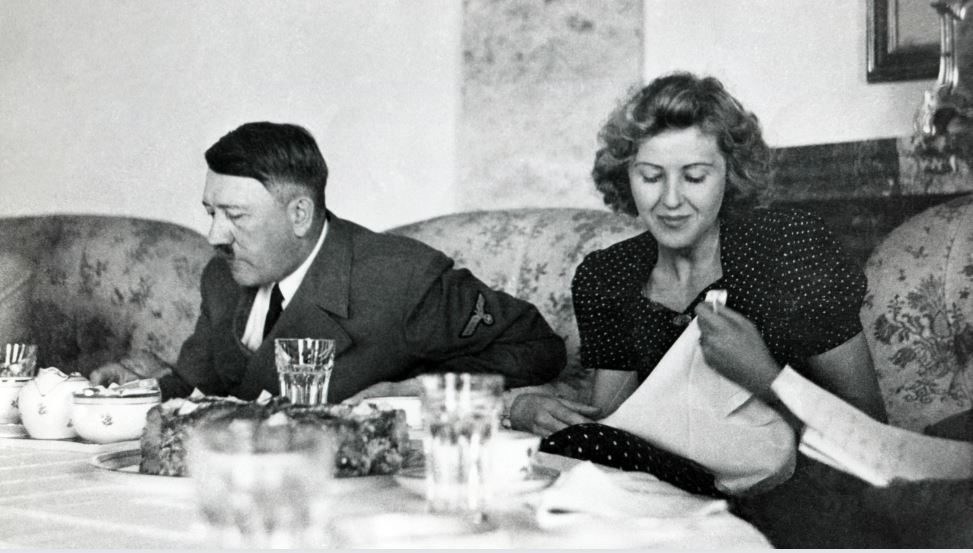Last week, we delved into the fascinating history of the July 20, 1944 Valkyrie plot to assassinate Adolf Hitler. However, one question has perplexed historians and experts for nearly 70 years: How did Hitler survive a blast from a kilogram of plastic explosive when he was only 6-12 feet away from the bomb?
While history will never know the extent of this impairment, there is evidence that can be compared with what we know today that gives us clues as to the extent of his hearing impairment. Did this have any effect on behavior? Did this cause miscommunication among trusted generals and others? Other issues? At the end of our discussion …you decide….RMT
Speculations and Conspiracy Theories
Numerous theories have been put forth to explain Hitler’s survival. Some suggest that he was protected by providence, as this was just one of many attempts on his life. Others propose the controversial notion that Hitler actually died in the attack, and his bodyguards or doubles impersonated him during the war’s final months. While such theories are intriguing, it is highly improbable that someone would have kept the truth hidden for over seven decades, particularly during the Nuremberg Trials when revealing such information could have saved their own skin.
Exploring the Blast Site
To understand how Hitler survived the explosion, we must delve into the specifics of the July 20 plot. On that fateful day, Hitler’s staff meeting was scheduled to take place in the Rastenberg or Wolf’s Lair Headquarters in Germany, now part of Poland. The meeting’s location was unexpectedly changed from the subterranean Führerbunker to Albert Speer’s wooden barrack-hut due to the hot weather. This alteration drastically altered the intensity of the blast, as the wooden structure with open windows offered far less resistance than the fortified Führerbunker.
The Mechanics of an Explosion
 When a bomb detonates, the released energy propagates outward in all directions, compressing and accelerating the surrounding air molecules into a supersonic blast wave. The closer one is to the blast, the more severe the compression and subsequent shock waves. In Hitler’s case, being within 6-12 feet of the bomb meant he experienced the full force of the compression.
When a bomb detonates, the released energy propagates outward in all directions, compressing and accelerating the surrounding air molecules into a supersonic blast wave. The closer one is to the blast, the more severe the compression and subsequent shock waves. In Hitler’s case, being within 6-12 feet of the bomb meant he experienced the full force of the compression.
Following the initial blast wave, high-velocity shock waves propagate, imparting even more energy to objects in their path. These shock waves can cause significant damage to structures, organs, and individuals. As the blast wave passes, it creates a near-perfect vacuum in its wake, sucking in debris and objects towards the explosion’s epicenter. This blast wind can propel a human body several meters.
Injuries Resulting from Explosions
Those caught in the blast wind while standing are particularly vulnerable to being carried away. However, it is not the blast wind itself that causes injury but rather the blunt-force trauma resulting from collisions with objects propelled by the wind. This barotrauma wreaks havoc on the body, particularly on air-filled organs like the lungs, ears, and stomach, as well as joints and ligaments where tissues of different densities meet. The consequences include hemorrhaging, organ rupture, and edema (swelling caused by fluid buildup).
The Impact on Hearing
Explosions can have a profound impact on hearing. According to studies conducted at the US Army Surgical Institute, tympanic membrane perforation is the most common primary blast injury observed in combat-exposed individuals. Perforations can occur when the blast wave exerts excessive pressure on the eardrums. Symptoms associated with these injuries include diminished hearing and tinnitus.
Furthermore, explosive blasts can cause high-frequency hearing loss, resulting in long-term auditory impairments. Research by Dr. John Oghalai of Stanford University has shown that such blasts can lead to hair-cell and auditory-nerve-cell loss in the cochlea. Although treatment options were not available in 1944, recent advancements in medicine offer hope for limiting the damage caused by blast-induced injuries.
The Enigma Persists
Despite the scientific understanding of blast injuries and their potential effects, Hitler’s survival remains a puzzle. Whether it was mere luck or an improbable alignment of factors, the fact remains that he emerged from the bombing with minor wounds. While we may never uncover the full truth behind Hitler’s survival, examining the science of explosions and their consequences allows us to better comprehend the extraordinary circumstances surrounding this historic event.
As we continue to explore the depths of history, we encounter mysteries that defy easy explanation. The survival of Adolf Hitler in the face of an assassination attempt serves as a reminder of the complexities of human fate and the unpredictable nature of events. It is through the investigation of such enigmas that we gain insight into the past and unravel the secrets of pivotal moments in history.
Hitler’s Hearing Loss
 Hitler was very close to the blast. His physician noted blood from his ears right after the blast and for some time afterwards, suggesting tympanic perforation (described as shattered eardrums in the literature) and he was treated by Dr. Erwin Geising, an ENT whom Hitler had seen for a reoccurring furuncle over the years; however, he did not record much other information about the specifics of the impairment and the residual impairment created by the perforations. Most audiologists realize, however, that a tympanic perforation can create no hearing loss or a maximum conductive loss of 40-60 dBHL depending upon the frequency and the extent of the damage.
Hitler was very close to the blast. His physician noted blood from his ears right after the blast and for some time afterwards, suggesting tympanic perforation (described as shattered eardrums in the literature) and he was treated by Dr. Erwin Geising, an ENT whom Hitler had seen for a reoccurring furuncle over the years; however, he did not record much other information about the specifics of the impairment and the residual impairment created by the perforations. Most audiologists realize, however, that a tympanic perforation can create no hearing loss or a maximum conductive loss of 40-60 dBHL depending upon the frequency and the extent of the damage.
If one considers that the Fuhrer may have had some sensorineural hearing loss from noise exposure in the trenches during WWI, then combining that with the blast perforations, there is a real possibility that an existing sensorineural impairment could have been exacerbated.
It is also well known that Hitler was given no less that 73 different medications, some routinely during the years 1941-45, by his personal physician, Dr. Theodor Morell. While it is sheer speculation, based upon his noise exposure history and what we know of blast injury, it is possible to estimate Hitler’s hearing loss with a 65% chance of accuracy at 35-40 dB loss for the lows, and an 50+ dB loss for the highs. As audiologists we also know that hearing loss reduces a person’s interactions and social capabilities, which could be a partial explanation for why the Fuhrer was very antisocial and was seen in public very little from the time of the July 20, 1944 plot and the end of the war.
Whatever the specifics of Hitler’s hearing loss, he probably had a significant hearing impairment at the time of his death, or if he did escape to South America as some suggest, for the rest of his life.







